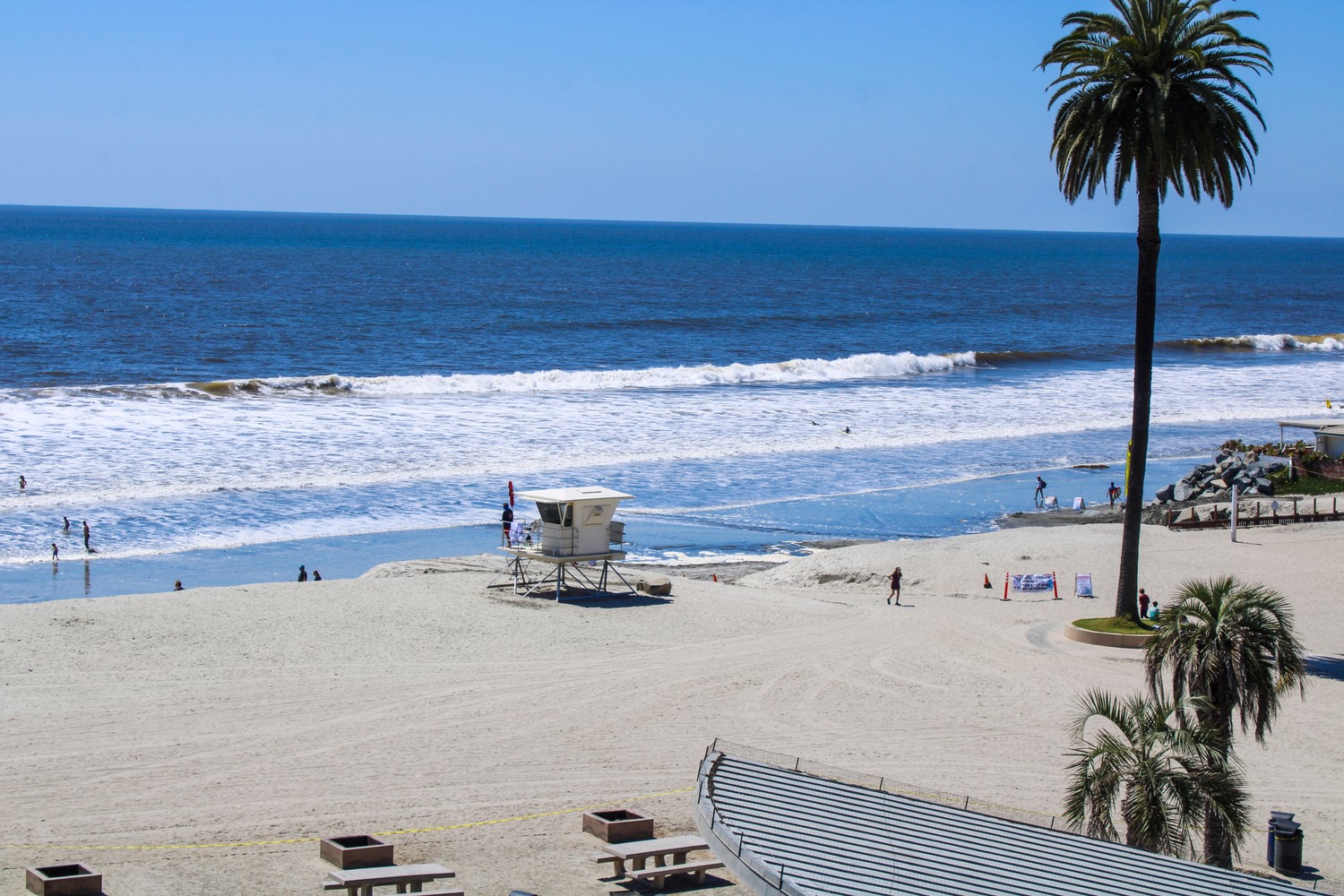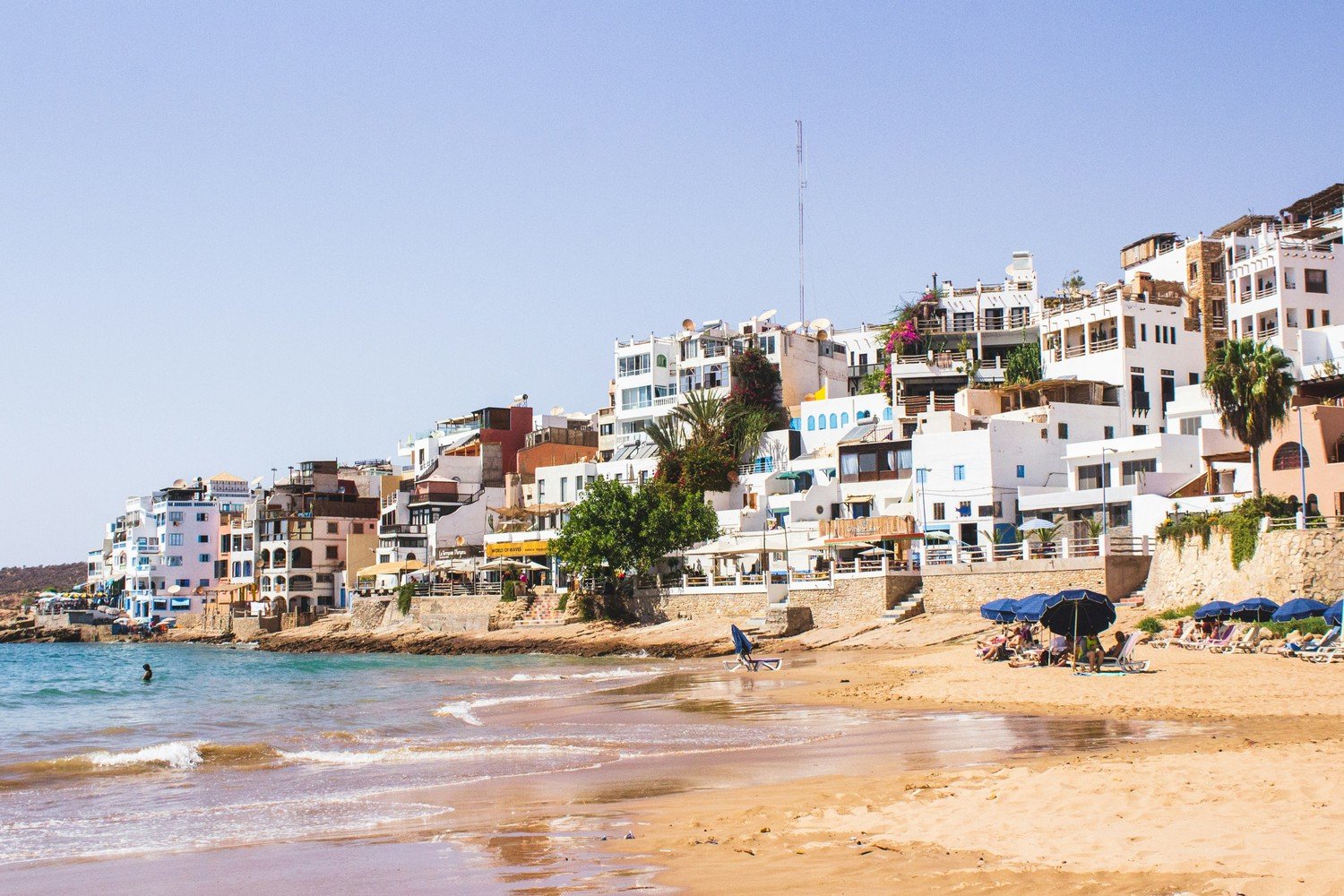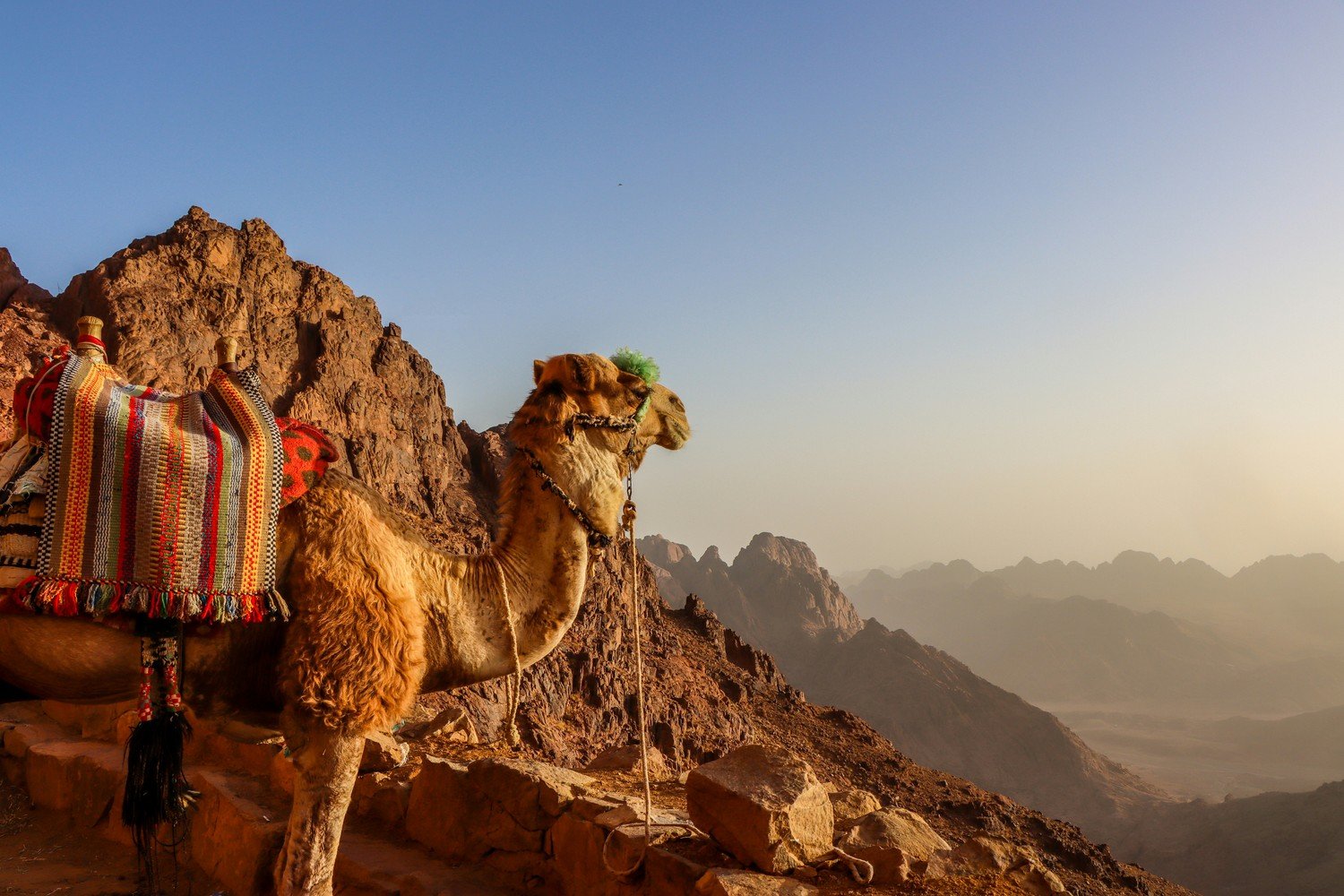
Destination or Hotel
Departure Airports
Travel Dates
Nights
Guests
Price Match Promise
Price Match Promise

Things to See and Do in Luxor, Egypt
By
Ricky Durrance
06 Apr 2022
Egypt is perhaps one of the best countries in the world to visit if you are a lover of ancient history. Plus you’ll be guaranteed some sunshine, so it really is a win-win! While the seaside resorts of Sharm El Sheikh and Hurghada are perfect bases for an all inclusive holiday, if you want to see some culture then a holiday to Luxor takes some beating.
The name Luxor comes from the Arabic al-ʾuqṣur, meaning "castle" or "palace" and with both the Luxor Temple and Karnak Temple dominating its skyline, you can understand why.
It is very easy to get immersed in the rich history and charm of Luxor, the capital of the New Kingdom in Ancient Egypt, with its overwhelming concentration of archaeological treasures and graceful biblical setting on the fertile banks of the River Nile with the imposing mountains on the West Bank as a backdrop. Often referred to as the world’s greatest air museum because it is packed to the brim with ancient temples, monuments, well preserved tombs and antiquities and undoubtedly one of the best archaeological sites to visit in the world. Most famous of all is of course the tomb of the boy king, Tutankhamen in the Valley of the Kings. With the River Nile running through the centre of Luxor, we have provided a list of the most interesting things to do and sites to visit on both the East and West Banks of the Nile.
The Valley of the Kings & Queens
The Valley of the Kings which you have probably seen in any film that features the story of Howard Carter, the archaeologist, who uncovered Tutankhamen’s tomb in 1922, is the burial place of some of the greatest Egyptian Pharaohs. Set in an arid, hilly, terrain on the west bank, the valley showcases underground corridors leading to the burial chambers of the Pharaohs. They were created to transmit t the pharaoh’s soul to the underworld and are all elaborately carved and decorated colourfully in hieroglyphs and scenes from the book of the dead. Whilst the paintings and carvings are impressive in themselves, it is outstanding that these colourful burial chambers have survived intact for thousands of years. Few places in the world will leave you as awestruck as the Valley of the Kings. You can also visit the The Valley of the Queens where you will find the tombs of famous queens and princesses, the wife of Ramses II, Queen Nefertari, being the most famous.
Near the Valley of the Kings and Queens on the west bank you will find the splendid temple of Queen Hatshepsut as it emerges out of a cliff face that rises sharply above it. Hatshepsut was one of ancient Egypt’s first female pharaohs. She took over the reins on the death of her husband, Tutmose II and ruled as a Pharaoh for over twenty years. As a woman Pharaoh was unconventional, Queen Hatshepsut wore a king’s crown and men’s clothing while she lived and is depicted with a beard in all her statues. The temple which was excavated and reconstructed to what it is today, tells her story and the grand entrance and unique location of it make it worth a visit. It has to be seen while you are on a holiday to Egypt.
Valley of the Workers
In total contrast to the Valley of the Kings and the Valley of the Queens, is the Valley of the workers, also referred to as Deir el Medina or the Valley of the Nobles. This site offers an insight to the lives of the workmen that served the Pharaohs. This is where the craftsmen and artisans, employed to decorate the tombs of the Pharaohs lived. The site tell us that around 70 families lived here and examples of their homes and their own burial tombs can be seen. Their tombs, tiny in size compared to those of the Pharaohs, are beautifully decorated, since these were the same artists that decorated the Pharaohs tombs and they depict simple scenes from their everyday lives of going to work and with their families.
You will find one of the most well preserved monuments on the west bank at Madinat Habu. This is the mortuary temple of Ramses III and celebrates his achievements including the defeat of the Sea Peoples who tried to invade Egypt during the latter part of his rein. The whole temple is covered in exquisite hieroglyphic carvings that tell the story of his achievements and the most incredible fact is that the colour which would have covered the whole temple from top to bottom has withstood the test of time and you can see this especially at the top of the columns and roof of the temple so don’t forget to look upwards.
A quick stop either on your way to the sites on the west bank or on your way back will allow you to see the Colossi of Memnon which are two enormous statues of the Pharaoh Amenhotep III of the eighteenth Dynasty. Their purpose was to stand guard at the entrance of the temple of Amenhotep III. Very little of this temple remains today and despite water erosion damage from the Nile floods over thousands of years, these two statues still stand proud today.
Karnak Temple and Luxor Temple
The east bank is dominated by two of the most famous and awe inspiring temples of the ancient world. Karnak Temple and Luxor Temple. The spectacular temple of Karnak is a vast mix of temples and other ancient monuments built over a period of over a thousand years. Construction of the temples started in the Middle Kingdom and continued into Ptolemaic times. Around 30 different Pharaohs contributed to the building over the years allowing it to reach the size, complexity and diversity that are overwhelming to see today. It also contains evidence of adaptations where the temples built by the ancient Egyptians were used by later cultures for their own religious purposes. This UNESCO World Heritage site should be visited by day and again at sunset for the most spectacular sound and light show which lights up the temple and narrates the story of the ancient world.
The magnificent Luxor temple is within easy reach on the east bank, close to the Nile and lies parallel to the riverbank. It is lit up at night by floodlights magnifying its splendour. This temple was also built by and added to different Pharaohs. King Amenhotep III (1390-52BC) started its construction and dedicated it to Amon, his consort Mut and his son Khonsu. It was added to by Tutankhamun (1336-27 BC) and Horemheb (1323-1295 BC) and then added to again by Rameses II (1279-13 BC) and Alexander the Great (332-305 BC). It was knows as the Southern Sanctuary and the avenue of the Sphinxes used to lead all the way to Karnak Temple. During the Opet festivals to celebrate the Nile floods, the statues of Amon, Nut and Khonsu were brought from Karnak Temple to Luxor Temple along the avenue of the sphinxes. The temple showcases a colonnade of seven pairs of 52-foot (16m) high open-flower papyrus columns, and a Hypostyle Hall, which has thirty-two columns all magnified by the floodlights at night. Another temple that should be visited both during the day time and in the evening.
Experience a hot air balloon & a Felucca
Once you have had your fill of visiting this treasure trove of archaeological sites there are another two amazing things to do in Luxor – the hot air balloon and the Felucca. The hot air balloon is an early morning trip so you can watch the sunrise from the air while you feast your eyes on aerial views of all the sites you have visited like the Valley of the Kings and Queens, Hatshepsut’s temple and all the others.
And as the sun goes down, and the last remaining rays shimmer in the waters of the Nile, it’s time for you to take a ride on a Felucca – a traditional sailing boat with not motor – to sail along the river, relax and take in the views of Luxor as the sun sets.
40,000+ verified
customer reviews
We want all our customers to stay safe when abroad. For the latest travel advice from the Foreign, Commonwealth & Development Office click here. Further advice can be found on the Travel Aware page here. Please note the advice can change so check regularly for updates and before you travel.
teletextholidays.co.uk acts as an agent in respect of all bookings made by telephone. For all bookings, your contract will be with the applicable Service Provider of your chosen Travel Service (who may be the principal or the agent of the principal) and Teletext acts only as an agent on their behalf. Your holiday will be financially protected by the ATOL scheme and you will receive an ATOL certificate once your booking has been confirmed. Please see our booking conditions for information, or for more information about financial protection and the ATOL Certificate go to:www.caa.co.uk/atol-protection
*We are able to offer a price match if suppliers are the same.
*Limited Availability: Prices are updated regularly, call us for the latest live price.
Teletext Travel Ltd, company number 14855829. Address: 71-75 Shelton Street, Covent Garden, London, United Kingdom, WC2H 9JQ.
Copyright 2025 teletextholidays.co.uk | All rights reserved.



